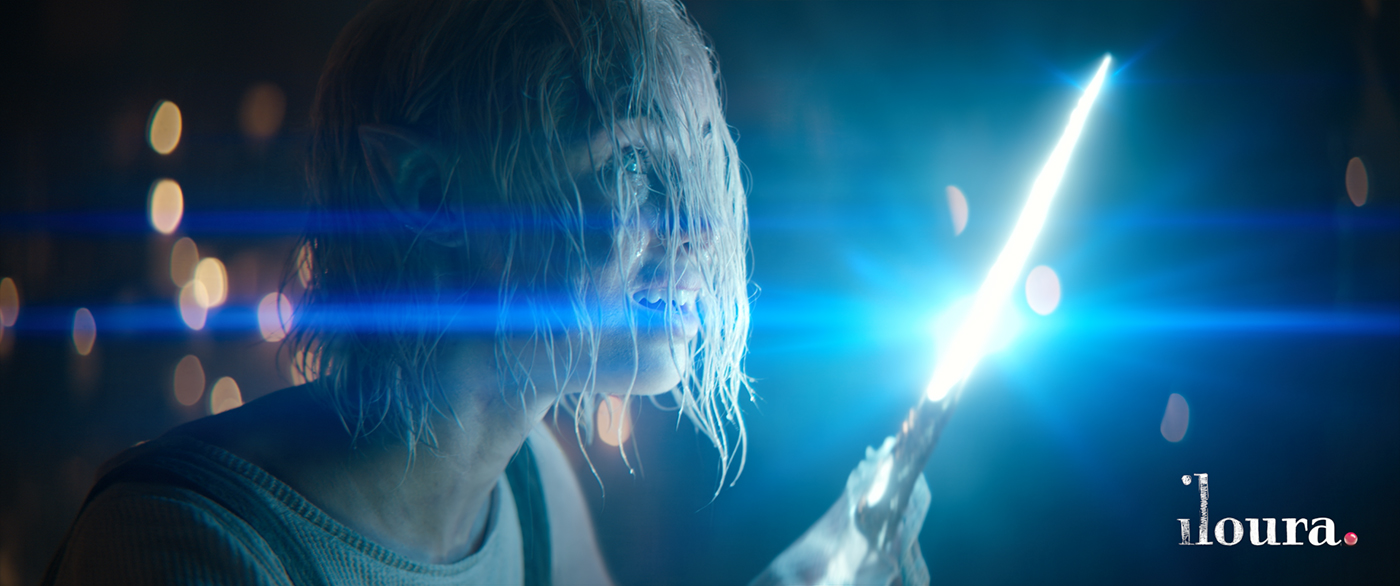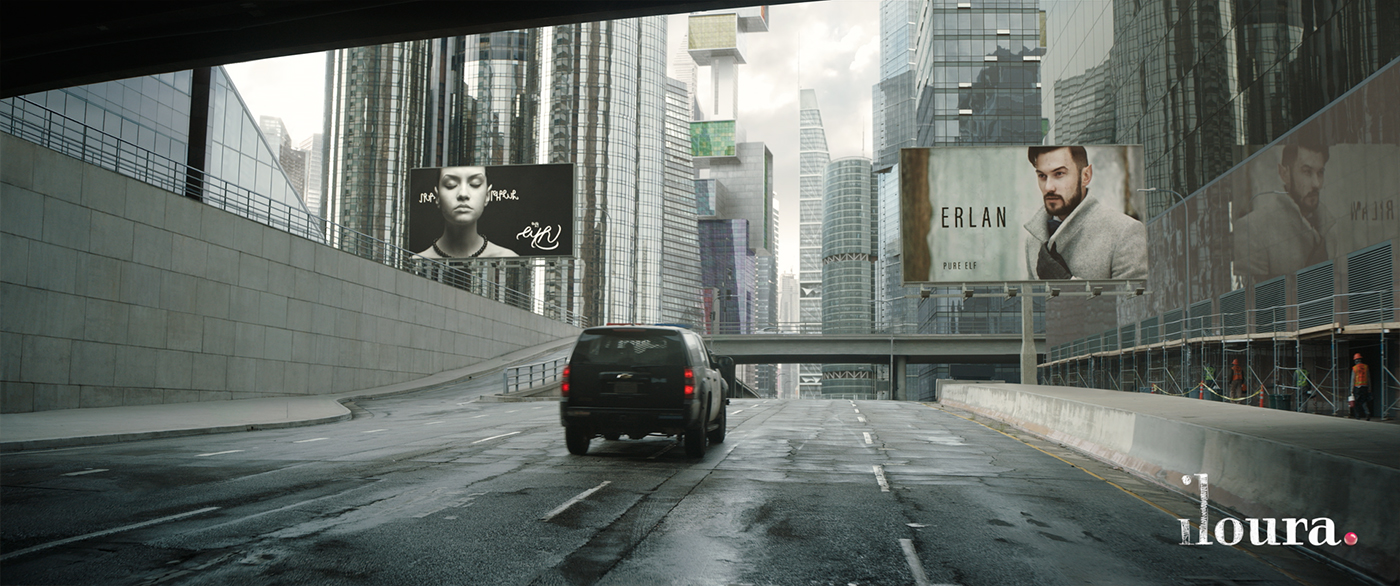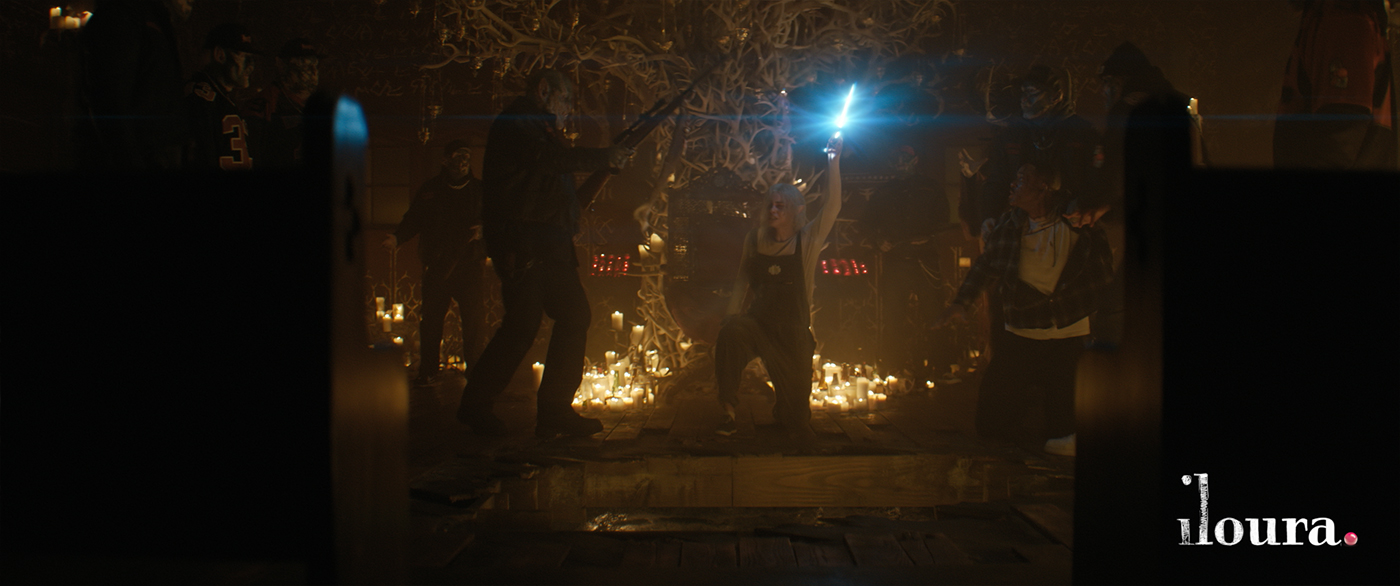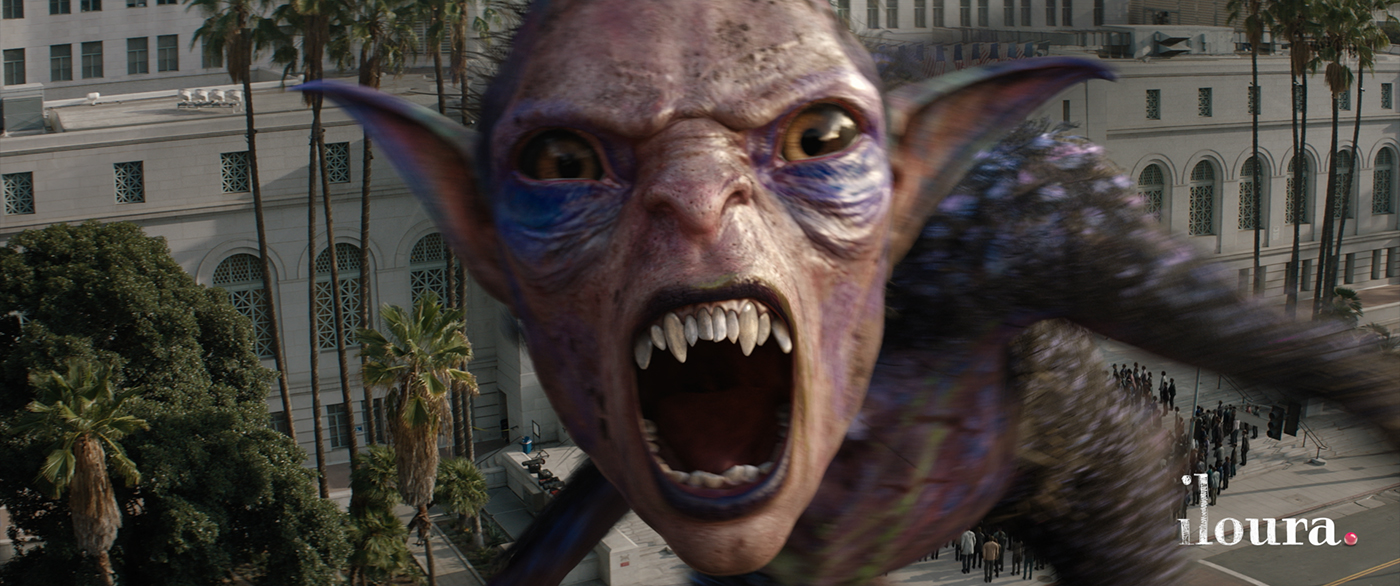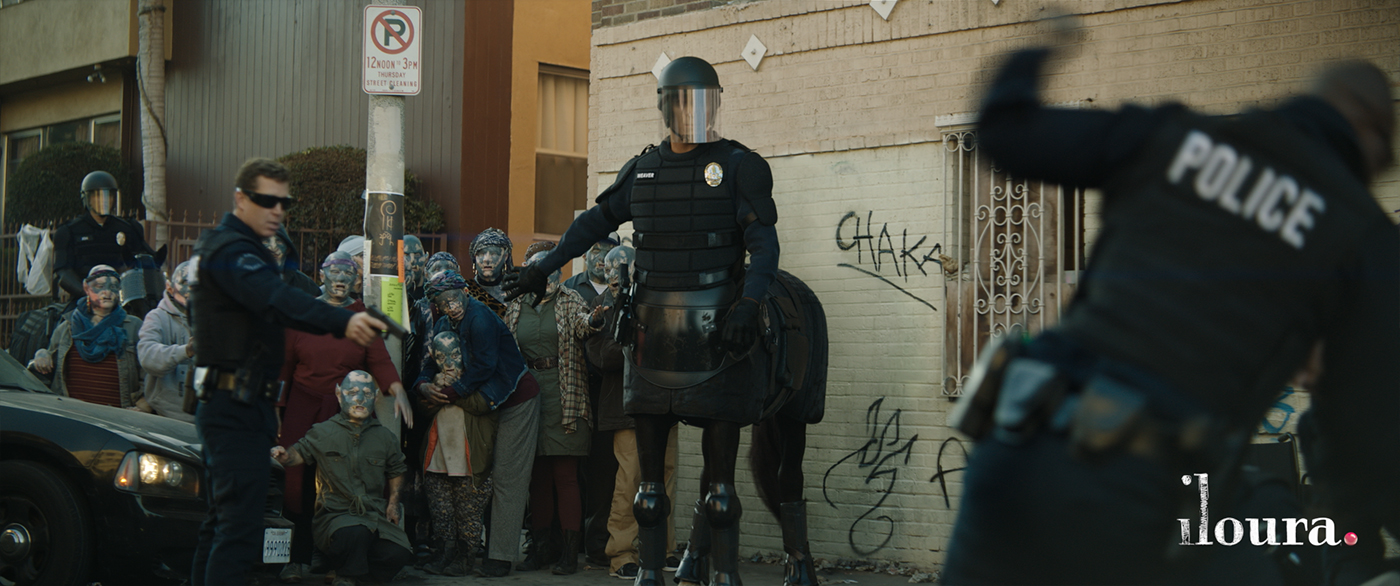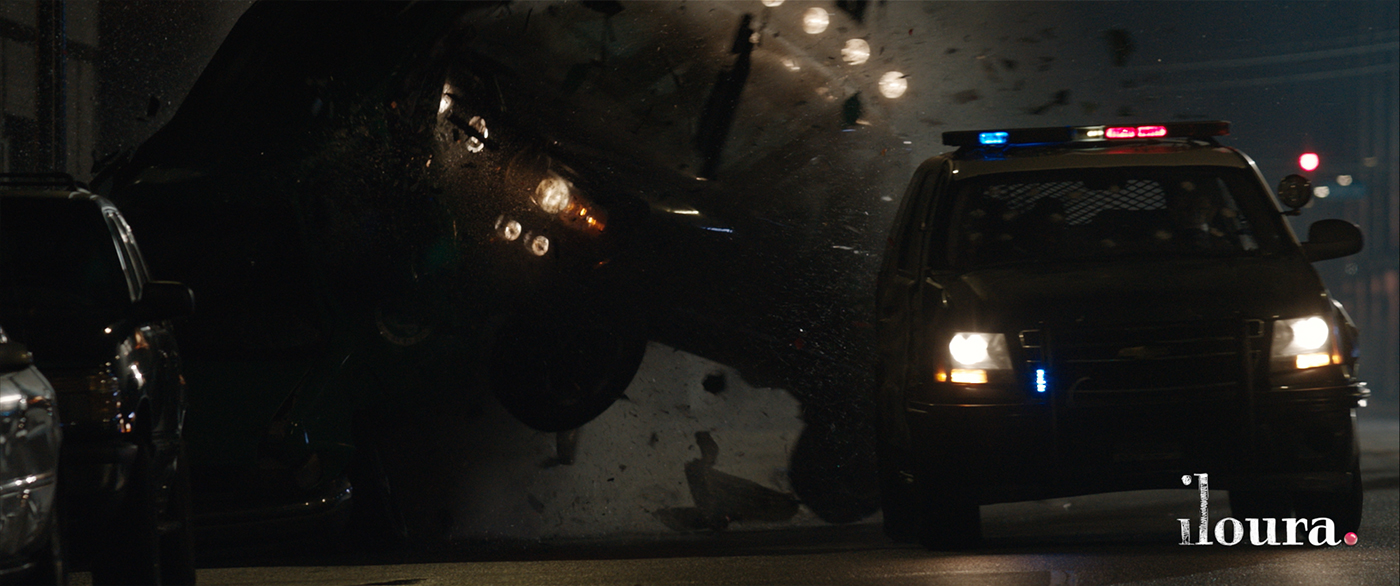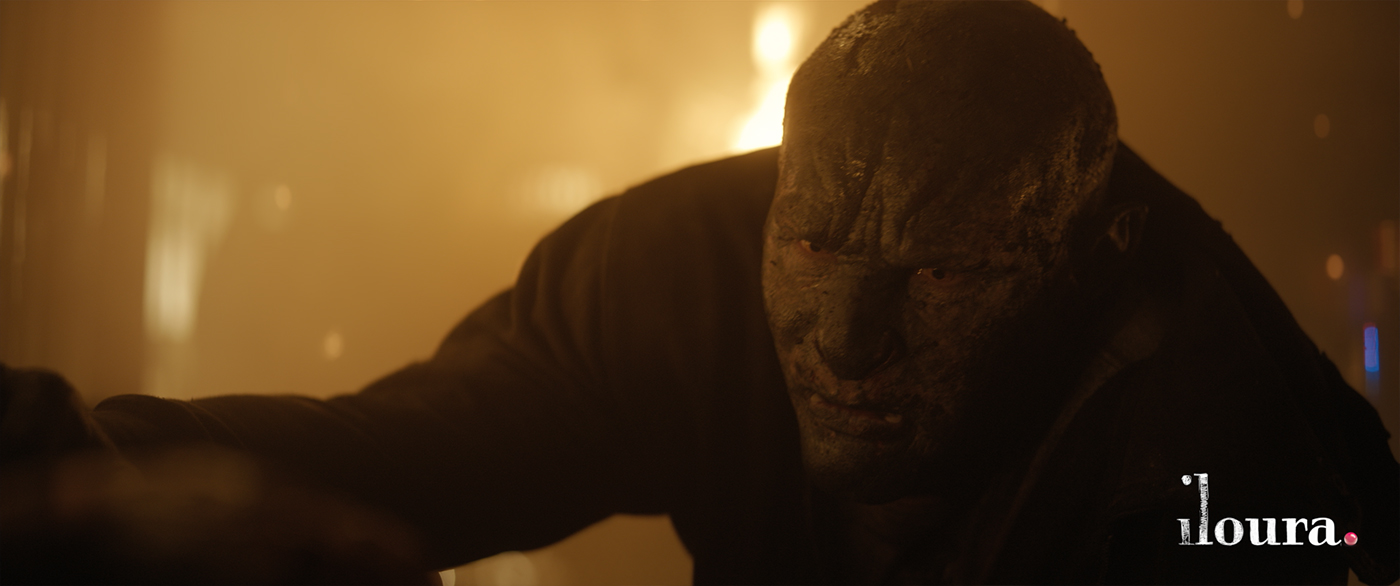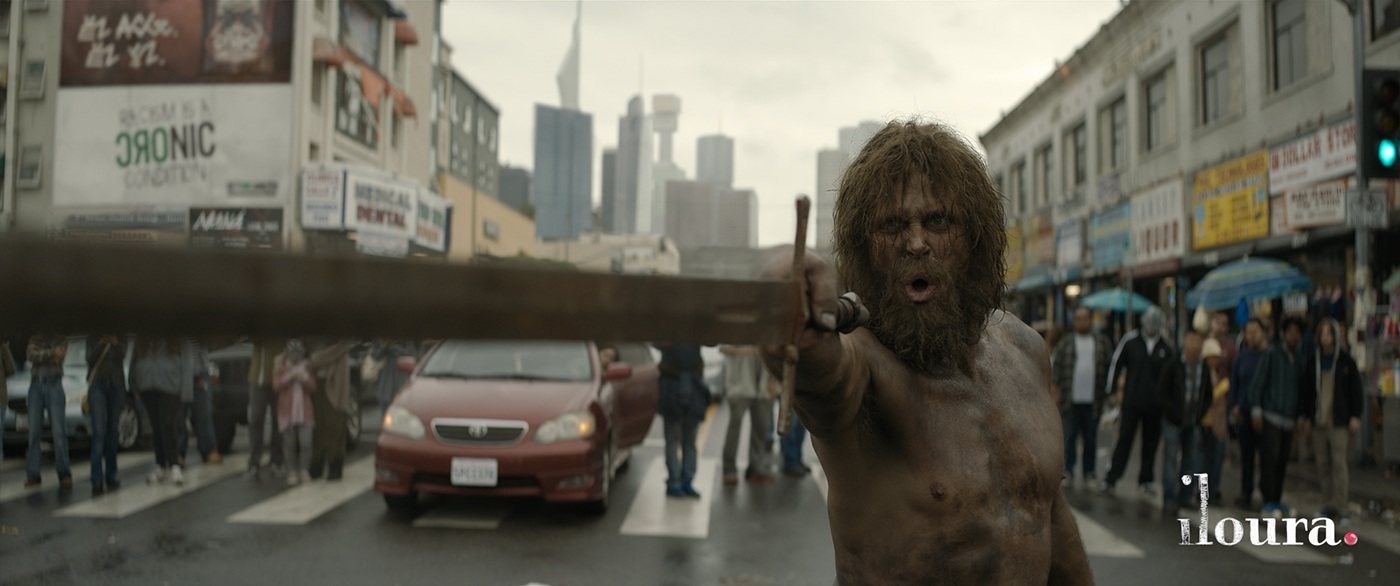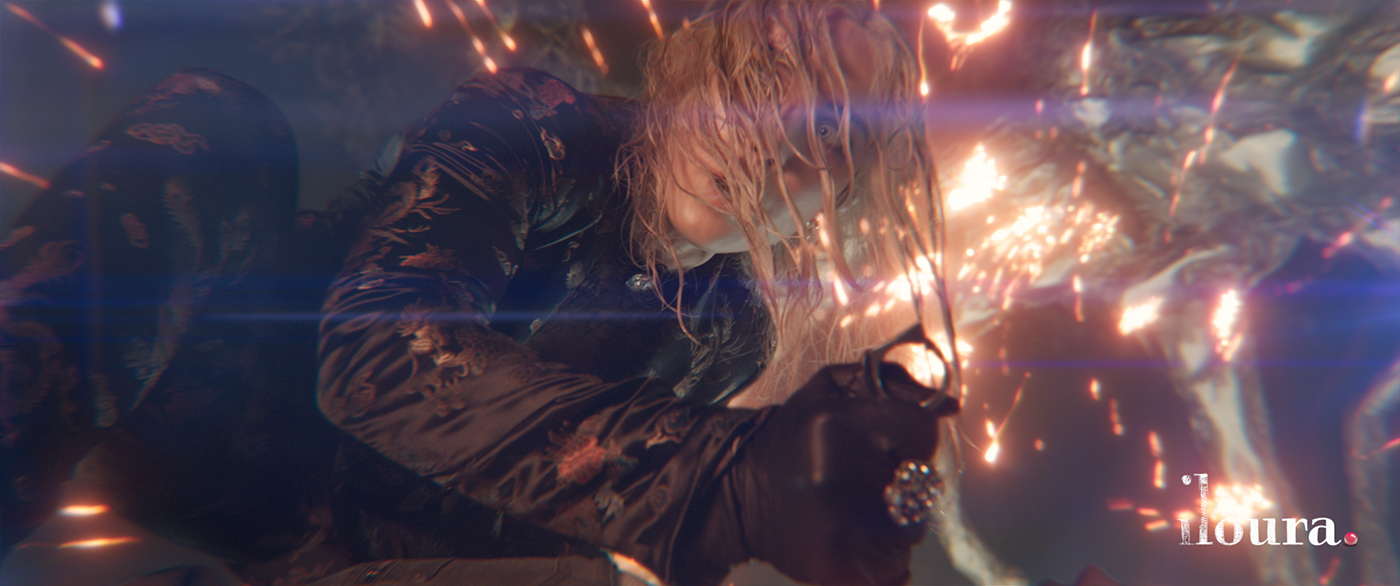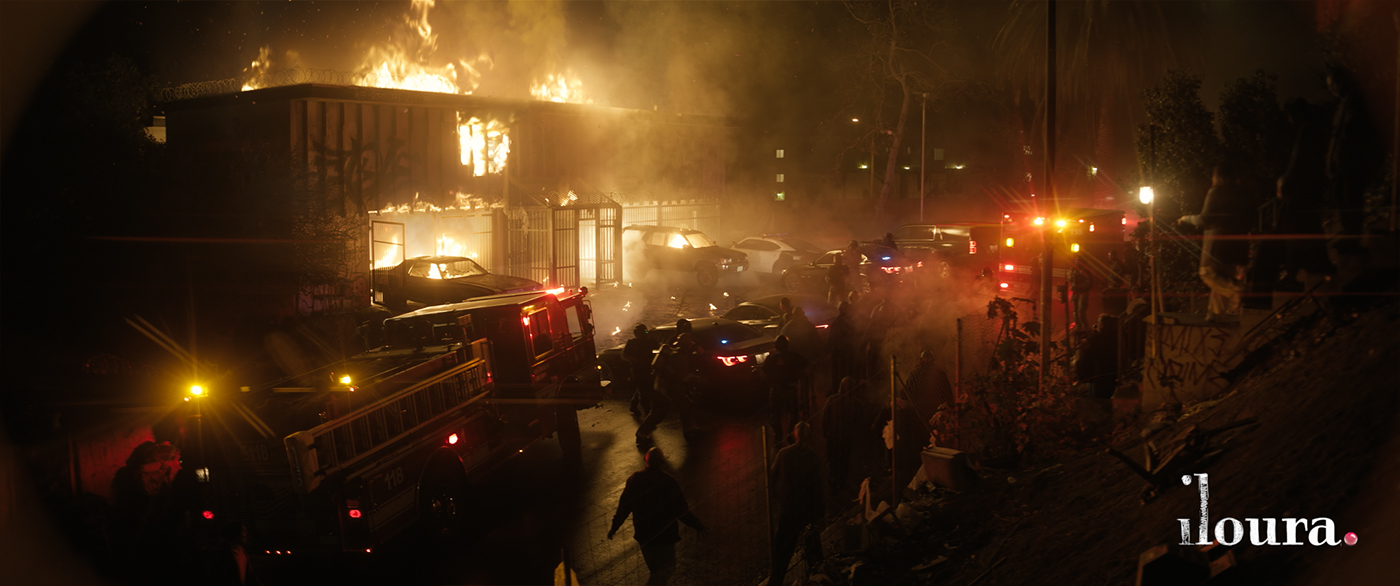Jason Billington worked in many studios such as Fuel, Meteor Studios, Digital Domain and ILM before joining Iloura (now Method Studios) in 2015. He has worked on films such as TRANSFORMERS, AVATAR, PACIFIC RIM and JURASSIC WORLD. As a VFX Supervisor, he took care of the effects of DEEPWATER HORIZON, PATRIOTS DAY and GHOST IN THE SHELL.
What is your background?
I have been working in VFX for almost 20 years now. I started my career working in commercials in Sydney. I later moved to San Francisco where I worked as a compositor at ILM for 10 years. I am now a VFX Supervisor at Method Studios in Sydney.
How did you and Iloura get involved on this show?
We were involved right from the beginning, just as the show was getting started in pre-production. From an early stage we discussed methodologies for the car crash sequence, as well as the fairy animation and requirements, making sure we were on the same page as production.
How was the collaboration with director David Ayer?
Our approach to the VFX, and especially anything to do with the magic, was to constantly reference real world physics. David Ayer liked to call it “Real World Magic”; he didn’t want fantasy “Harry Potter” type magic. We were constantly referencing real world science tests. Like the explosive movement of water through a firefighter’s hose, or how certain objects might react in a small science beaker when various elements are added to it. Definitely made for some fun reference gathering.
The movie takes place in an alternate Los Angeles. How did you create the city?
The city was created by our environment artists. We were tasked with creating contemporary building designs to add to the Los Angeles skyline. It needed to be recognizable as the Los Angeles skyline but with some extra “Elvish” spin on the buildings. The Elvish people in the world of BRIGHT are rich, shiny, clean and ‘high brow’. Elvish people love gold. We kept some recognizable buildings, such as the Bonaventure building, and a few others, then added additional Elvish buildings to the existing skyline which helps create our downtown Elf Town skyline. Elf Town was a 3D environment, so no matter where a sequence was taking place around Elf Town, we had the correct layout for any given angle and position. We were also constantly changing street signs, cleaning imperfections on street surfaces, and removing any foliage. We referenced some modern architecture from around the world, as well as creating our own modern buildings.
The heroes discover a magical wand. How was this simulated on-set with light interactions?
On set there was a practical version of the magic wand, and the actors would hold and interact with it. The practical wand was wrapped in tiny LEDs to help create the interactive light needed on the actor’s hands and anything it interacted with. One of the challenges with the on-set wand was that it pulsated. Due to some post-shoot creative changes, we needed to remove the pulsating lights. Every time we see an ‘active’ wand in the movie, there was a practical one that has been removed, and a CG wand added in its place. There were quite a few of these shots throughout the movie.
Can you tell us more about the creation of the wand?
There are two types of wands used in the story, One is its ‘non-active’ state, which is of a bone type material, and once it was activated, it would light up and become a glass/crystal type texture. There are some very intricate details and scarring on the wand, which we maintained throughout the entire movie, no matter how bright the wand became.
How did you create the various FX that comes from the wand?
For the FX that come from the wand, we primarily used a 2D comp approach. There were a lot of iterations on the wand effect, some involved 3D, and some involved 2D. We found the best recipe for the wand ended up being a 2D warp approach with some lens flares added on top. The wand needed to be bright and powerful, and distort the air around it. The wand needed to establish its control over not just the person holding it, but also the lens that was trying to film it. We were warping and distorting the background too, very slightly, but enough to add some chaos and confusion, so that even the viewer of the film knew they too couldn’t touch the wand.
As a magical world, there are some creatures. How did you create the centaurs and fairies?
The look development of the fairy character started off with a life size maquette provided by the production team. The iridescence of the feathers was certainly one of the trickiest features to get right. The effects of iridescence are only visible when the surface is in motion, which means we had to render sequences, rather than single frames before we could tweak the look development. We looked at insects that have a cellular construct to their wings, which produces the view dependent coloration. The character of the fairy was just as important to the lookdev process, seeing how it moves and what it looked like with its erratic speed, changes the fairy look when compared to a static turntable render. The fairy posed some really interesting challenges for the animation team. We had to take what we knew as traditional fairy traits – and completely flip them. In the world of BRIGHT these guys are pests, they’re like vermin – super aggressive and manic. Not afraid to attack.
Being a small humanoid character with iridescent colors, there was a risk the audience would find the fairy kind of cute and appealing – so we had to bump the intensity of the performance up to 11. Each frame of animation had to show tension and aggression. We had to avoid graceful poses and actions to keep the fairy looking gnarly and grimy, especially in the way it flies. We used reference footage of hummingbirds for the little darts and plateaus, and kept the attitude through the body in what we referred to as the ‘battle pose’ – staunch and purposeful. The wing speed meant that we needed to create many motion samples for the geometry, this was an intense operation for rendering, but it produced the results we were after.
It was really important we nailed the performance, so that when Ward swats the fairy out of the air, the audience is thinking, “yeah, that creepy little thing had it coming!” – before he gives it one last whack with his broom.
How did you approach the impressive slow-motion car crash against an invisible wall?
For the car crash sequence, it was filmed in a carpark, in front of a long green screen. A wire, connected to the front of the car, pulled the SUV along the required trajectory, and once the wire was at full extension, the wire would bring the SUV to a stop pulling the guts of the SUV out and crumpling the front bumper. The practical SUV was set up to be destroyed and come apart fairly easily. Working with this element, we built the SUV (and environment) completely in CG and match-moved its crash in the shots including the crumpling of the front which was done by our creature department. Having the CG SUV meant that we could re-project the green screen plate onto it, re-position and separate elements throughout the shot.
The wall itself was a Houdini smoke simulation driven by a particle simulation which we used as both a lens distortion map and actual smoke render.
We wrote a Renderman lens shader that was able to read a sequence of images and skew the focal length based on the values of the map. We rendered the smoke simulation and normalized the values to then drive the shader on the camera. It created a ‘true’ distortion effect with no smearing artifacting, which we are used to seeing in 2D solutions, and it also meant the renders were not degraded by filtering the resulting pixels.
The interior shot was a stitch of 3 different plates shot on a green screen. One for the driver (Jakoby) one for the passenger (Ward), and a third for the back seat passenger (Tikka). The plates needed to be projected onto a 3D model of the interior of the SUV. Once this was retimed and lined up correctly, we added all the exterior wall distortion, and smoke elements, as well as a CG crumpling car front, and extra atmosphere and flying bullets for the inside of the SUV cabin. All that was then comped on the CG built underpass environment.
Are there any other invisible effects you want to reveal to us?
There is lots of effects work that goes unnoticed. We added lots of CG fire, smoke, embers & debris, CG crowd extension. Digi double work for Jakoby, and CG catacombs. Even adding bullet cracks to windows and adding virtual backgrounds to a car chase sequence shot on green screen.
What is your favorite shot or sequence?
Overall, I love the fairy sequence. It’s the type of VFX work that brings everyone on a team together. Every department got a hand in the creation of those shots and the fairy asset, and I love that kind of work. The additional challenge of the fairy animation was also a fun one to work with.
What is your best memory on this show?
My best memory of the show is definitely seeing the animators trying to work out how the fairy might act, developing its character. They would constantly be outside the office filming themselves (as animators tend to do), but seeing them try to work out how to move like vermin/pests and be super aggressive. It always gave us a good laugh. They really got into it.
How long did you work on this show and what was the size of your team?
We completed around 220 shots, with around 100 artists, over approximately a 6-month time frame.
What is your next project?
Currently, right in the middle of Dwayne Johnson’s next blockbuster called SKYSCRAPER. The trailer was released during the 2018 Super Bowl, and the film is due to be released middle of 2018.
What are the four movies that gave you the passion for cinema?
For various reasons, these films are my favorites, and helped me define my career so far.
THE GODFATHER 1 & 2: Just the best cinematic movies ever.
THE MATRIX: After seeing this, I wanted to work in Visual FX.
TOY STORY: A huge milestone for computer animated films, and it’s just an awesome movie.
OLD SCHOOL: I love Will Ferrell, and everyone needs to laugh. This is definitely one movie that no matter what part comes up, wherever I may be, I’ll always stop what I am doing, and watch it.
A big thanks for your time.
// WANT TO KNOW MORE?
Iloura: Dedicated page about BRIGHT on Iloura website.
© Vincent Frei – The Art of VFX – 2018


